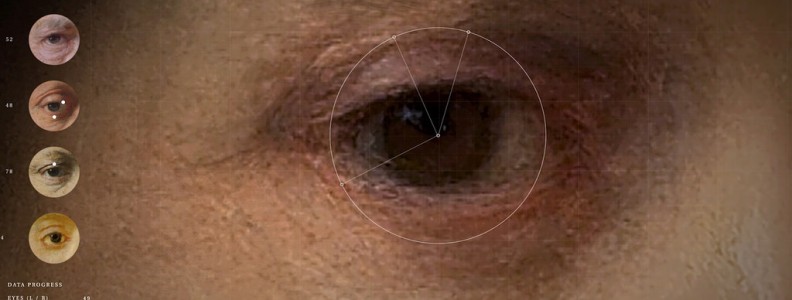Why are we enthralled and appalled by the idea of a robot apocalypse?
Getting lost in the fantasy of a film or a book, being petrified by the impending end of the world and knowing at the back of our minds that it’s not real is exciting and entertaining, but why are so many stories like this? Perhaps the reality of our world is too harsh to accept and this form of escapism helps. Or, it could simply be that it’s easier to write apocalyptic stories of dread and danger than it is aspirational and inspirational utopias. It’s certainly a lot easier than writing about the human race messily stumbling forwards in a, “can’t quite work out who the good guys are,” kind of way.
Over the past few months I’ve met and shared a stage with scientists, sometimes to talk about their work and sometimes for them to respond to my work. It’s been fascinating and I want to do a lot more of it.
During one of these meetings we talked about what was acceptable on the dystopian spectrum and, in their view, Black Mirror was good and Terminator was bad. In fact, I’ve been particularly struck by how these collaborations have counteracted the tendency towards writing apocalyptic and improbable stories. It’s almost as if there’s a symbiotic tension; writing science fiction with a view to highlighting the potential uses of scientists’ discoveries while in their presence also makes me write stories that are not only entertaining but also plausible. I have to say it’s a relief the reviews for my new collection, Eating Robots, have compared it favourably to Black Mirror and there’s no mention of Terminator.
Through work with the Bristol Robotics Laboratory, the Human Brain Project at Kings College and various events with Virtual Futures I’ve been exposed to science and art that I wouldn’t have normally come across. It’s these conversations and observations that have led me to believe that we shouldn’t be worrying so much about the robot apocalypse as looking for the cracks in the crevices of poorly written or inadvertently biased code.
When choosing what would be in Eating Robots and Other Stories I decided it was only right that the scientists I’ve been working with should have a voice so I invited them to contribute a response to whichever story they wanted. Christine Aicardi, a Senior Research Fellow at Kings College London, touches on this notion of the cracks in the code in her response to The Thrown Away Things. She says, “Instead, it may lurk where we don’t expect it, in the discarded and the obsolete, in the faulty lines of code of an ill-designed and unmaintained software – here, in the decision-making modules of the bric-a-brac.”
So, I’ve come to the conclusion that not only is the messy bit in-between the dystopic and the utopic more likely it’s also much more interesting.
If you feel the same then I’d love to hear your views on the stories in Eating Robots and if you happen to be in London on 6 June then please come along to the launch. I’ll be reading from the collection and Christine, among others, will be there to give their response.
photo credit: Eugen Naiman Green rock via photopin (license)



